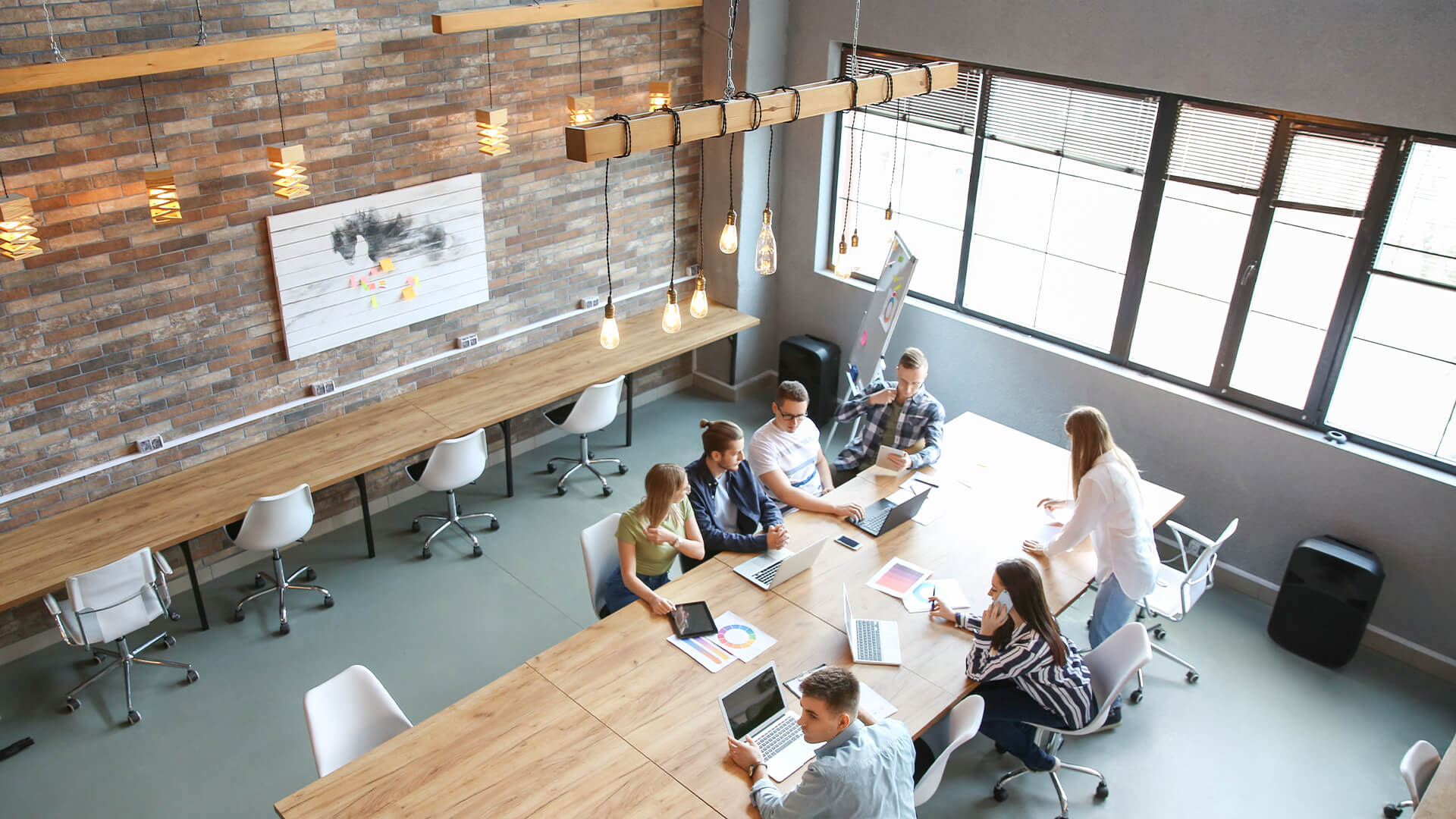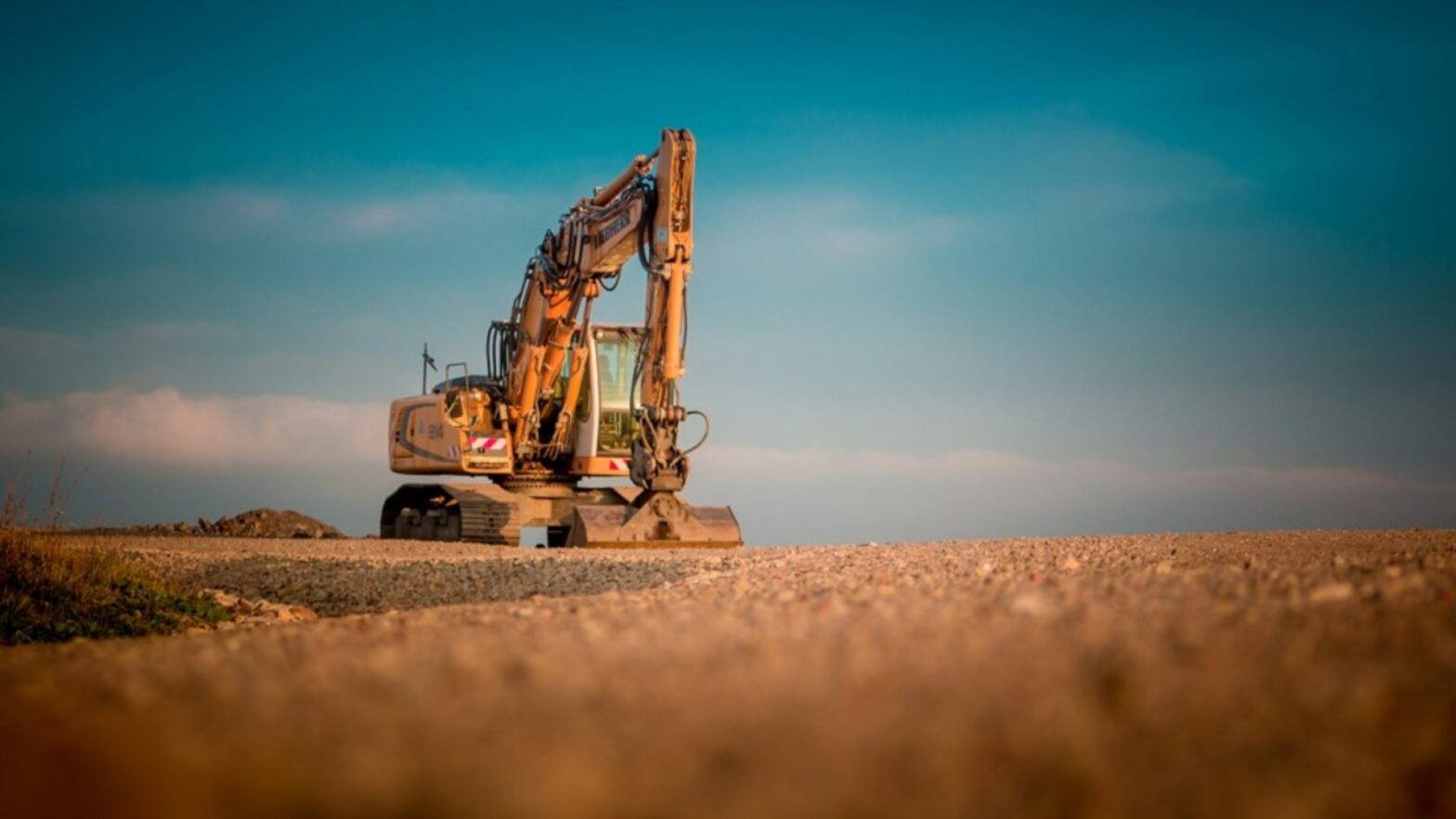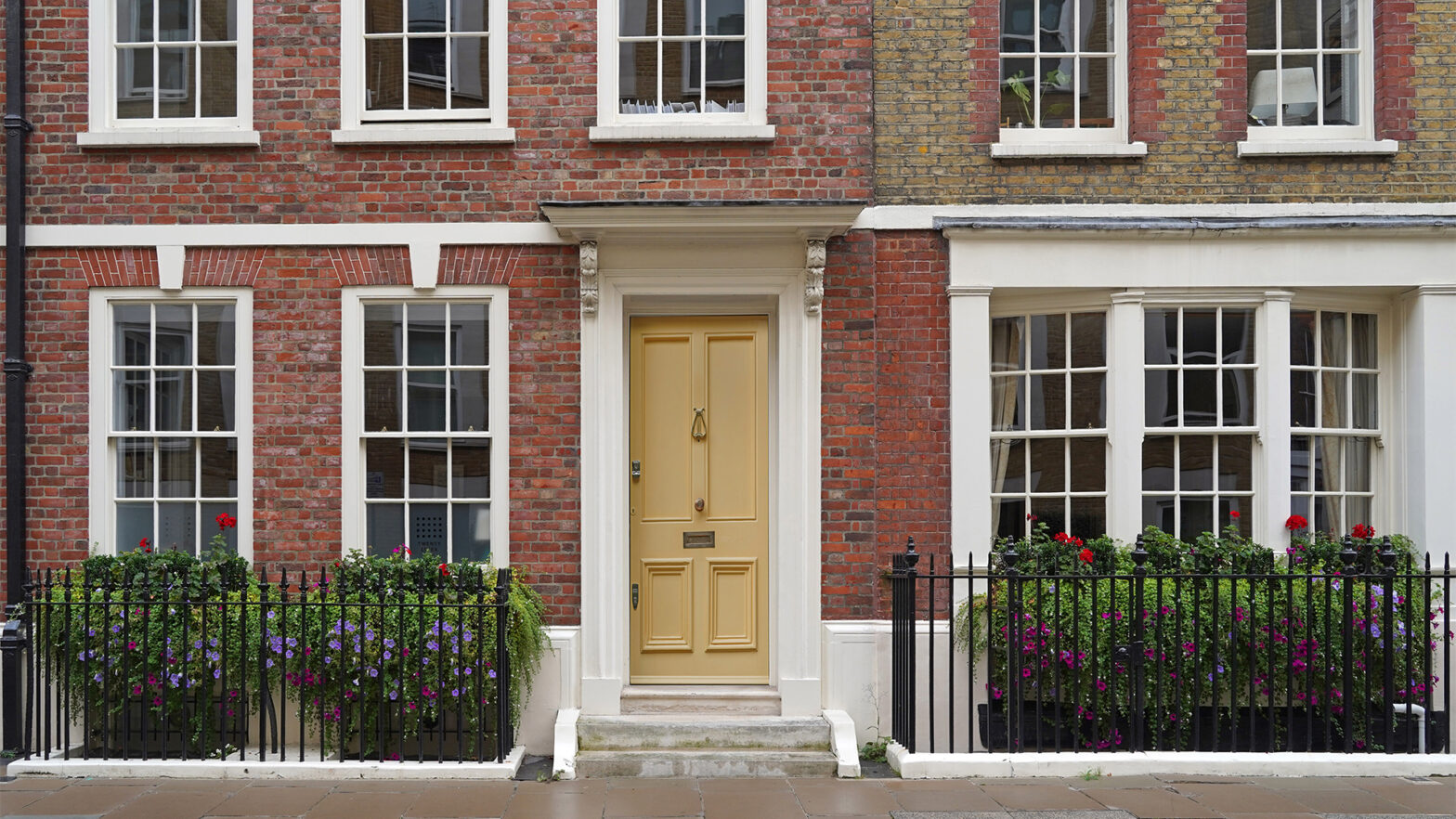The office work paradigm was shifting before the pandemic, but remote working on a mass scale has transformed our view of where and how we work, creating profound and irreversible change in the way offices and working spaces will be used in a post-Covid world, a new report from international law firm Withers explains.
The report, which features insight from fifteen world-leading business and property experts, discusses the impact of Covid-19 on office designs and operators, as well as the shift in where and how we want to work.
Key considerations that the experts anticipate will drive significant change to office spaces included: the convergence of home and office life, alongside an increased desire to strike a better work/life balance; a heightened demand for neighbourhood workspaces that offer excellent amenities without the commute, and an opportunity to socialise; a wholesale change to our business districts; and a new need for flexible office access that you can switch ‘on’ and ‘off’.
So, what differences can we expect from office environments? Withers’ experts predict that:
- There will be a dramatic increase in the demand for flexible workspaces and multi-purpose environments.
- The days of whole office buildings being occupied by a single business or for a single purpose are over. This will have a significant effect on areas like Central Business Districts (‘CBDs’) which were only built for one purpose.
- The future of work will be characterised by a spectrum of different workspaces co-existing. The old co-working space models are done, they say.
- It is the hospitality industry – bars, restaurants, cafes, hotels – that will adapt to meet the demand for a ‘third space’ to work from, between home and office.
- In the future, office space leases may be switched off or switched on and accessed via a mobile app like Uber or Grab.
- Longer-term, office blocks will be turned into mixed use ‘vertical villages’ with apartments and work spaces, a deck, and food growing all in one building.
Interconnected workspaces…
The experts all envisaged that the future of work will be characterised by a spectrum of different workspaces co-existing, from the central-business-district office, home office working, suburban co-working hubs, to local high street workspaces.
Philip Harvey, Managing Partner at Property Vision believes that ‘the choice is no longer home or office. It’s home, vs your neighbourhood, vs your office’.
‘It’s not a case of you’re either in the office or you’re at home. You’re going to be in a much more flexible series of interconnected workspaces, to be joined together through technology’ – Richard Pickering, Chief Strategy Officer, Cushman & Wakefield.
Some of the experts believe that a private member work space on the high street will have lots of potential too, offering a bolthole close to home for people who want to be surrounded by like minds and relevant resources.
The office isn’t dead… it’s different…
Robbie Kerr, Director at ADAM Architecture sees home and office work converging more and says that, ‘despite everyone proclaiming home working as the new reality, people will still value the office as a means to get away from the home’.
He envisages a lot of smaller, flexible work spaces springing up, where people can enjoy facilities that aren’t accessible from home, but don’t require long commutes to reach.
Rent-a-table…
The feeling amongst the experts is that it is the hospitality sector, rather than traditional co-working businesses, that has the greatest potential to meet the demand for a ‘third space’ between work and home, where people can socialise, get a change of environment and enjoy artisan coffees and table service.
‘Hospitality is going to eventually take over a lot of the co-working functionality, it’s better positioned to fill that gap’ – Islam Mahdy, Chairman and CEO of Credence Hospitality Developments.
BrewDog pubs are just one of the groups to change their offering in light of this trend, so it is now possible to rent a table with Wi-Fi and sockets by the hour to use as a workspace.
‘What we’re seeing is people who are working at home taking an hour or an hour and a half away from their day at home to get a change of scenery, grab some coffee, possibly have some lunch and work from a different environment’- David McDowall, Group COO, BrewDog.
Vertical villages…
Longer-term, some experts predicted a more dramatic shift; with more mixed-use spaces where people work, live, earn and socialise in one place.
‘Offices will be repurposed. Since the war the trend has been for single purpose buildings but I envisage lots of office blocks being turned into mixed use ‘vertical villages’ with apartments and work spaces, a deck and food growing all in one building, with management curating and promoting what the building offers and does… cities won’t expand out but up’ – Jonathan Harbottle, Director & Founder, Land & Partners.
Jeremy Wakeham, CEO of the Withers Business Division and a commercial real estate partner added:
“The world over, the buildings we work, live and socialise in are wrestling with the challenge of catering for our new demands and this presents extraordinary opportunities.
“The office work paradigm was shifting before the pandemic, but this period has propelled us rapidly into a new reality. Our research indicates that in the future the office is going to become one amongst a range of options. Whilst in some cases offices may remain pivotal, they are going to compete with client offices, home, local hubs, hospitality spaces and other working spaces closer to home.
“For property investors, developers and commercial property tenants there are huge opportunities to be grasped, and correspondingly huge risks attached to sticking to the old models.”
The future of real estate report: work, home and social, can be found at: https://reports.withersworldwide.com/the-future-of-real-estate/cover/.

































